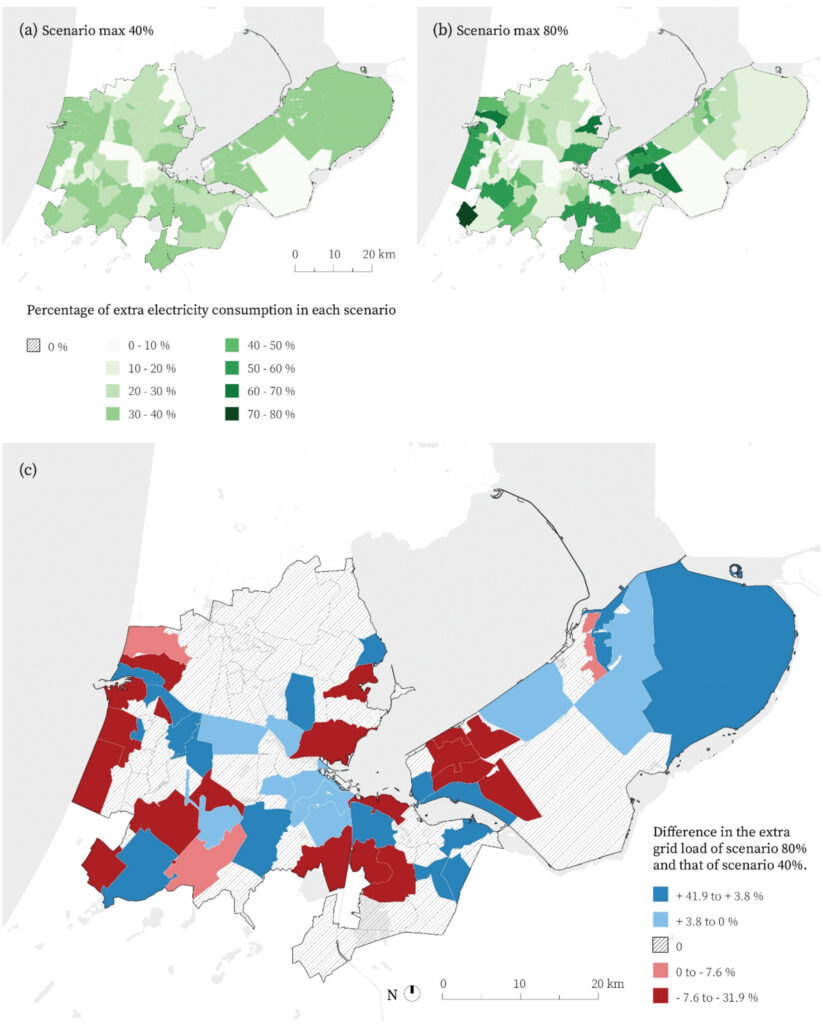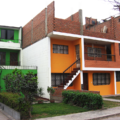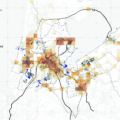This academic paper was written together with Dr. Bardia Mashhoodi (Wageningen University & Research, Wageningen, Netherlands) in the context of the EVA project (Electrical Vehicle Charging Infrastructure for the Amsterdam Metropolitan Area).
Abstract: This study develops a multiscale model for allocation of EV infrastructure to accommodate residents’ demand during nights and that of residents and visitors during days under two scenarios: maximum 40% or 80% increase in load on the electricity grid. Developing a mixed-integer linear optimization model including regional traffic flow, local electricity demand and parking availability in Amsterdam Metropolitan Area (AMA), the scenarios’ optimal solutions offer different spatial strategies. This study shows that multiscale allocation of EV chargers substantially improves the efficiency of use: in both scenarios, more than 53% of EVs can charge at their daily destination. However, in the 40% scenario, the extra electricity load is homogeneously allocated across the towns and villages around the AMA centre. In an 80% scenario, in contrast, the load is concentrated in a few areas (1) accessible for substantial numbers of EVs at the regional scale, (2) with relatively low annual consumption, (3) reasonably high number of registered EVs to use chargers in the nights. The manuscript ends with a discussion of the results and their policy implications and offers further studies.
Access to the full article: https://doi.org/10.1080/19475683.2023.2166111








